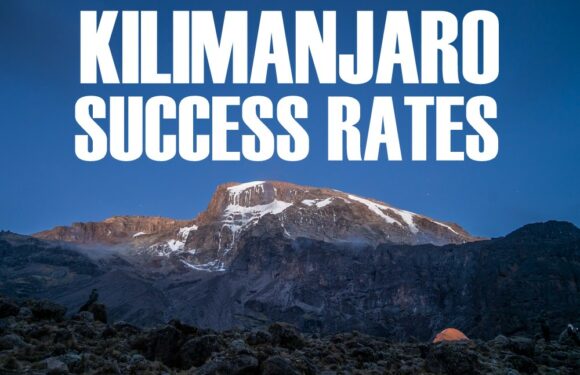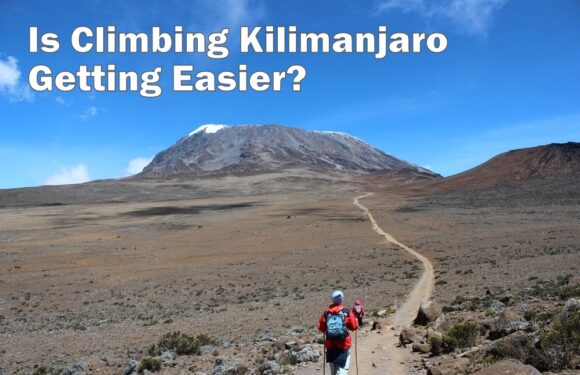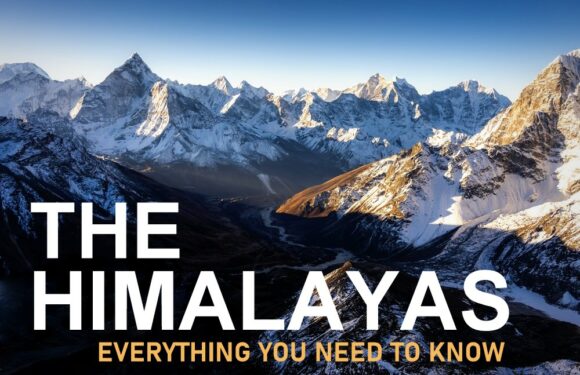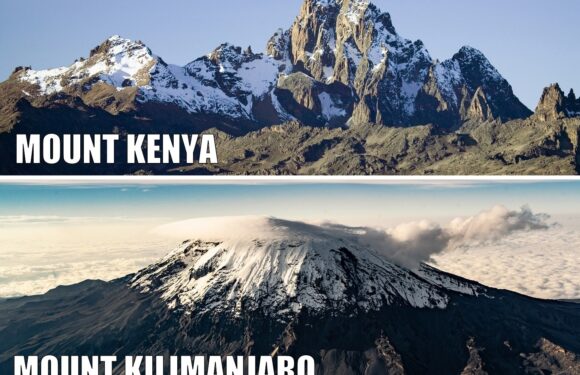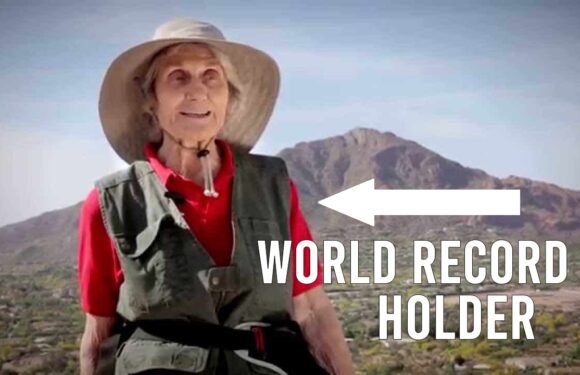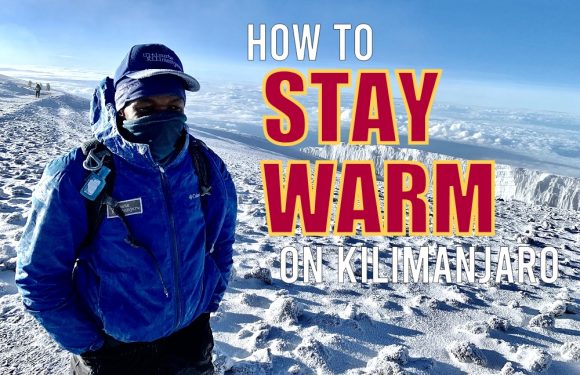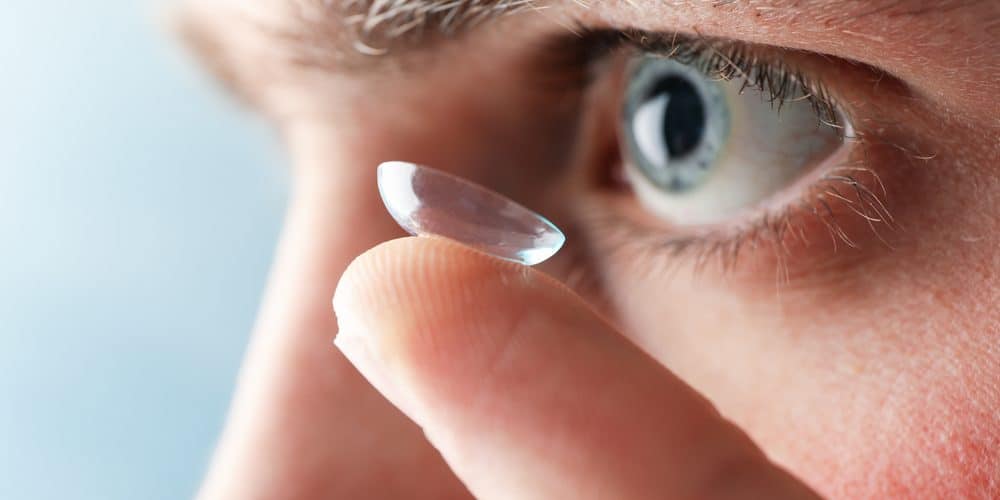
Many people rely on prescription glasses or contact lenses on a daily in everyday life.
But when climbing Kilimanjaro, is it better to wear one over the other?
Glasses are the Easy Option

If you wear glasses regularly in everyday life, then wear glasses on Kilimanjaro too. There’s not much to be gained by switching over to contact lenses just for this trip.
Glasses are certainly the simpler choice for hiking.
They’re easy to put on and take off and don’t require much care besides the occasional cleaning of the lenses. As long as they are comfortable on your face, glasses function exactly as they should. There’s little more you need to think about.
Here are a couple things you should be aware of when wearing glasses.
Remember Sun Protection for Your Eyes

You will need to protect your eyes from the sun. Use sunglasses that fit over your glasses, clip on shades or a pair of prescription sunglasses. Sunglasses help prevent certain eye diseases related to the sun exposure. The sun’s UV rays can lead to cataracts, macular degeneration and pterygium. Sunglasses have UV protection can keep your eyes healthier, longer.
Dealing with Foggy Glasses
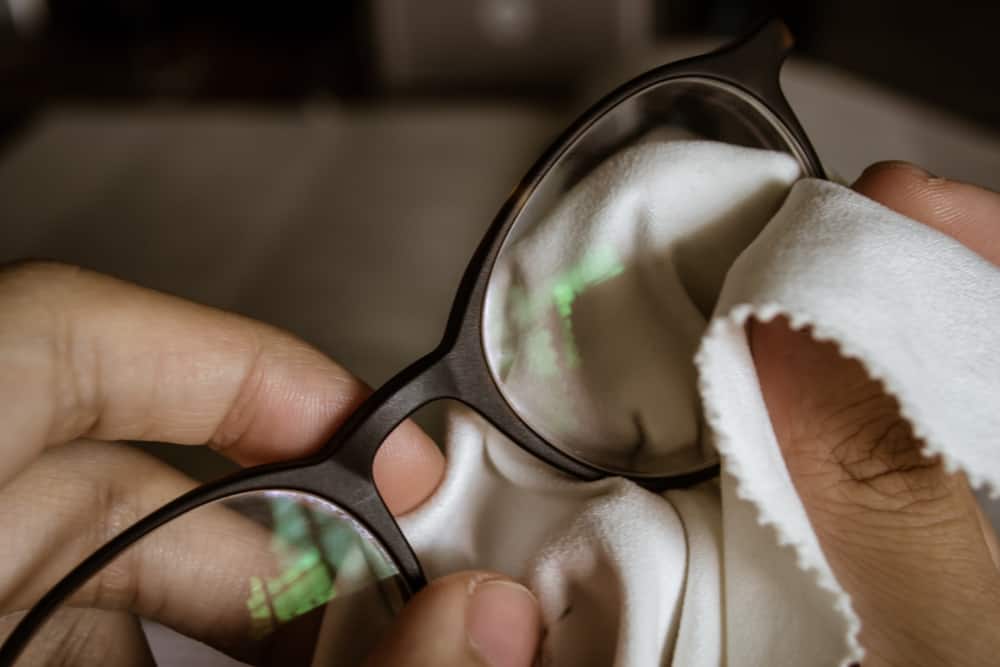
One common problem with wearing glasses is dealing with foggy lenses. Fogging is caused by your body heat and the warm air clashing with cold air. In simple terms, the fog that forms on your glasses is water condensation. Entering a warm mess tent from the frigid outdoors will often cause glasses to fog up.
If your vision is blurred due to foggy glasses, it may be a nuisance at best and a potential danger at worst if not resolved in a timely manner. There are anti-fog substances, that you can apply to cut down on the fog. Or just wipe them periodically. Do not hike for long periods of time with compromised vision.
Storage for Your Glasses
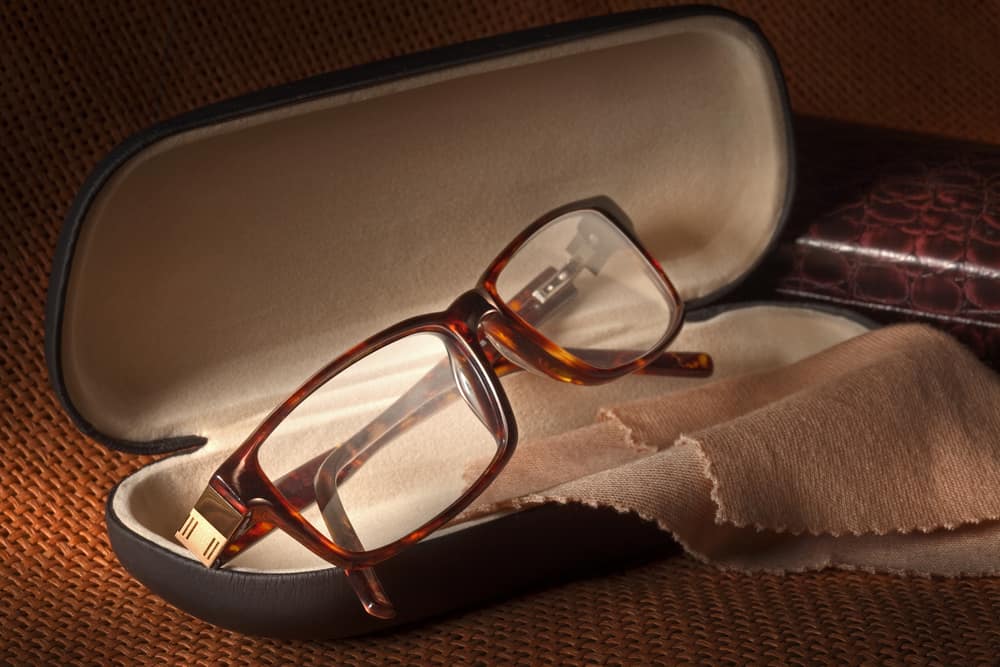
If you are going to wear your glasses for every waking hour, then storage for your glasses won’t be very important. While you sleep in your tent, put them within reach next to you in a safe place.
However, if you only wear them for certain times, then you’ll want a durable case. Keeping glasses in a daypack or gear bag opens the possibility for them to be damaged due to rough handling. Use a hard-sided case so they are protected from being accidentally crushed.
If you normally wear contact lenses but also have a pair of glasses, we highly recommend bringing your glasses too, to serve as a backup. They’re especially handy for a middle of the night bathroom outing.
The Case for Contact Lenses
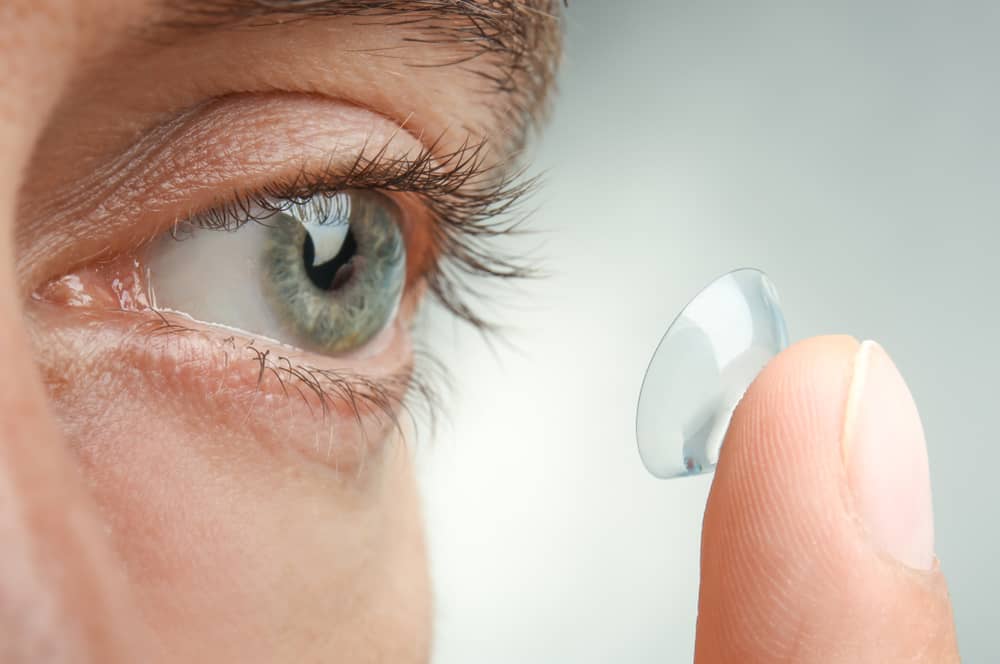
Contact lenses in general are great. They give you more natural vision than glasses do. When fitted correctly, they’re very comfortable. Contacts don’t get in the way either during athletic pursuits because there is no protrusion and nothing to obstruct your vision. They also won’t fall off your face or break like glasses do.
Contact lenses are a wonderful choice for climbing Kilimanjaro. Wearing contact lenses should not pose any special problems on the mountain.
Contacts work fine at high altitude and also in extreme weather conditions. There is nothing about contacts that makes them unsafe to use while climbing Kilimanjaro (ie., they won’t freeze on your eyes). They also will not freeze while stored in a lens case while inside your tent.
But there are some drawbacks to using contact lenses. The concern some people have with contacts have to do with how to handle them without access to a standard washroom.
Here are some tips:
Always Wash Your Hands

Just like when handling contact lenses at home, you want to have clean hands when you handle contacts on your expedition. You don’t want to accidentally put dirt and bacteria into your eye when you put on your lenses. So be sure to always wash your hands with soap and water and rinse thoroughly. Warm water and soap are provided by our mountain crews at every campsite.
Never use hand sanitizer immediately before putting in or taking out your contacts or your eyes will sting.
Use Daily Disposable Contact Lenses
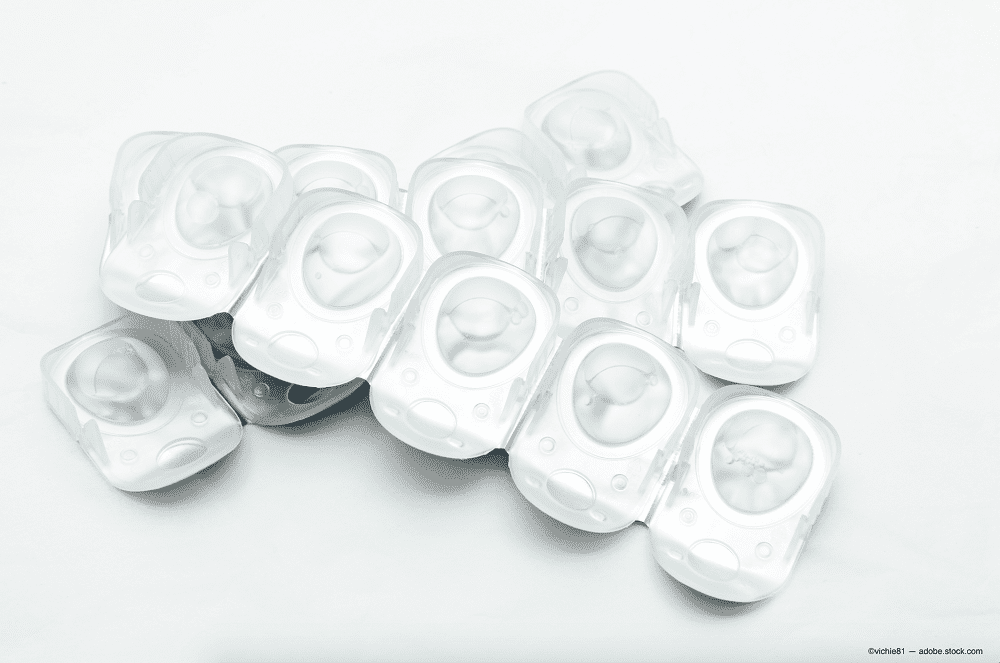
If you wear weekly or monthly contact lenses, consider getting daily disposable lenses. On the trail, there may be dirt and dust that can get into your eye, causing buildup on the surface that can cause irritation and discomfort.
With disposable lenses, your eyes will feel fresh everyday. Additionally, because you throw them away at the end of the day, you don’t have to worry about cleaning and storing the lenses overnight. Disposal lenses are the most hygienic option.
If you’re going to use multi-day contact lenses, that’s also fine. Bring a travel size bottle of your contact solutions and a lens case. A lens case with screw top caps are more durable and secure than the ones that simply push close and pull open.
You Might Need Eye Drops

Contact lens wearers are predisposed to dry eyes is because the contact lens partially blocks oxygen from entering the eye. This is exacerbated when environmental conditions, such as those on Kilimanjaro, kick up dust and dirt particles that also get into the eyes. To treat this, we recommend bringing lubricating eye drops, also called artificial tears. Eye drops flush out grime and keep the eyes moisturized. So have a bottle in your daypack and use them regularly.
Bring Extra Pairs

To be safe, bring extra pairs of contact lenses. Contact lenses seem to get lost or damaged at the most inopportune times. You do not want to find yourself mid climb and only able to see out of one eye.
Conclusion
As you can see, both glasses and contact lenses work well while climbing Kilimanjaro. If you are a regular wearer of either, it probably makes the most sense to stick with that same system while you are hiking.
_____




















































